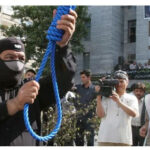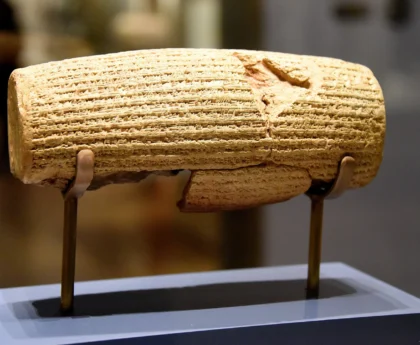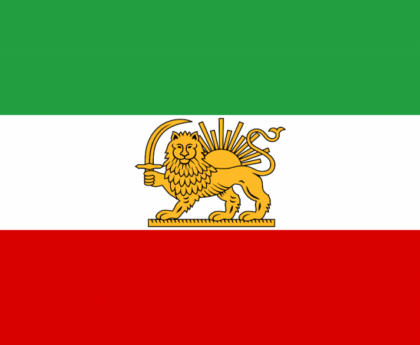Chapar Khaneh is the Persian term that refers to the postal service system used throughout the Persian Empire 559-530 BC. It was created by Cyrus & later developed by Darius as the royal method of communication throughout the empire. Each station was mainly located along the Royal Road, an ancient highway which stretched from Sardis (Turkey) to Susa (Iran), connecting most of the major Empire cities.
Although civilisations like those of Egypt & China u said to have been amongst the first to use postal services,the Persians of Iran took the idea of a postal system to previously unseen heights. They used an extensive network of roads worked by expert horsemen who covered stupefying distances throughout the massive, diverse empire with bewildering speed and unwavering resolve. The Achaemenid Persians were able to deliver, through the use of a system of couriers on horseback (pirradazis), messages from one end of the massive Persian Empire to the other in a matter of days.
Message could be sent from Susa, the administrative capital of the empire in western Iran, to Sardis, in between seven & nine days, following the Royal Road. The Greek historian Herodotus – who estimated that the approximately 2,600km distance would take three months on foot – marks Susa and Sardis as the extremities of the Royal Road, but the Persian postal system was far vaster.
At its peak under the reign of Darius the Great, the Persian Empire stretched from Greece to India. Briant notes in his book how tablets from Persepolis, the ceremonial capital of the empire, show that messages were sent to and from India and Egypt, also pointing out that the historian Ctesias mentioned the Greek city of Ephesus, too, in his writings.
“The entire imperial territory was covered”
Cyrus first found out how far a horse could travel when ridden hard before breaking down, and then used this distance to set up stations at intervals throughout the empire. The couriers travelled from dusk till dawn. Never before had messages been delivered on such a massive scale. The ancient Persian postal system was powered by horses that operated on a relay system, making journeys speedy and efficient. But the Persians would not have been able to cover the daunting distances they did in so little time had they not been expert horsemen. The ancient Iranians (of whom the Persians were just one of numerous peoples) were redoubtable when it came to horsemanship.
“Historically, the Persian Royal Road was the first major land structure conceived to thoroughly exploit horse transportation and relay.’
Dr Luc-Normand Tellier, Urban World History
The postal system was also impressive for its use of a standardised language across such a vast expanse, as well as its consistency in terms of message delivery and format. Although Old Persian was the Persians’ native tongue, the linguistically unrelated Aramaic was the administrative language and thus used in composing messages throughout it, much in the same way that English and Latin-alphabet transliterations are used on envelopes & parcels today.
“For long distances we’re looking at Aramaic on ink on prepared animal skin, folded up and sealed. This was the first time that consistently formatted letters, folded and sealed, were used.”
Meybod Chapar Khaneh is reminiscent of the Qajar era. It was built by Mirza Mohammad Ali Yazdi. It is a rare sample of its kind that still remains today. Meybod Chapar Khaneh is situated on the ancient route of Rey-Kerman next to the Meybod’s Shah Abbasi Caravanserai. Due to protecting government documents, letters, and critical messages, this place built same as a castle. Meybod Chapar Khaneh consists of some chambers which belonged to the boss, postmen, and guards. Also, there were some places for keeping horses.
Herodotus – the Greek historian – said “The first rider delivers his charge to the second, the second to the third, and thence it passes on from hand to hand. There is nothing mortal that accomplishes a course more swiftly than do these messengers, by the Persians’ skillful contrivance. They are stopped neither by snow nor rain nor heat nor darkness from accomplishing their appointed course with all speed.”
“Neither snow nor rain nor heat nor gloom of night stays these couriers from the swift completion of their appointed rounds” now serves as the unofficial motto of the USPS. It can also be seen engraved on the facade of the USPS’ stately James Farley Post Office in New York City.





